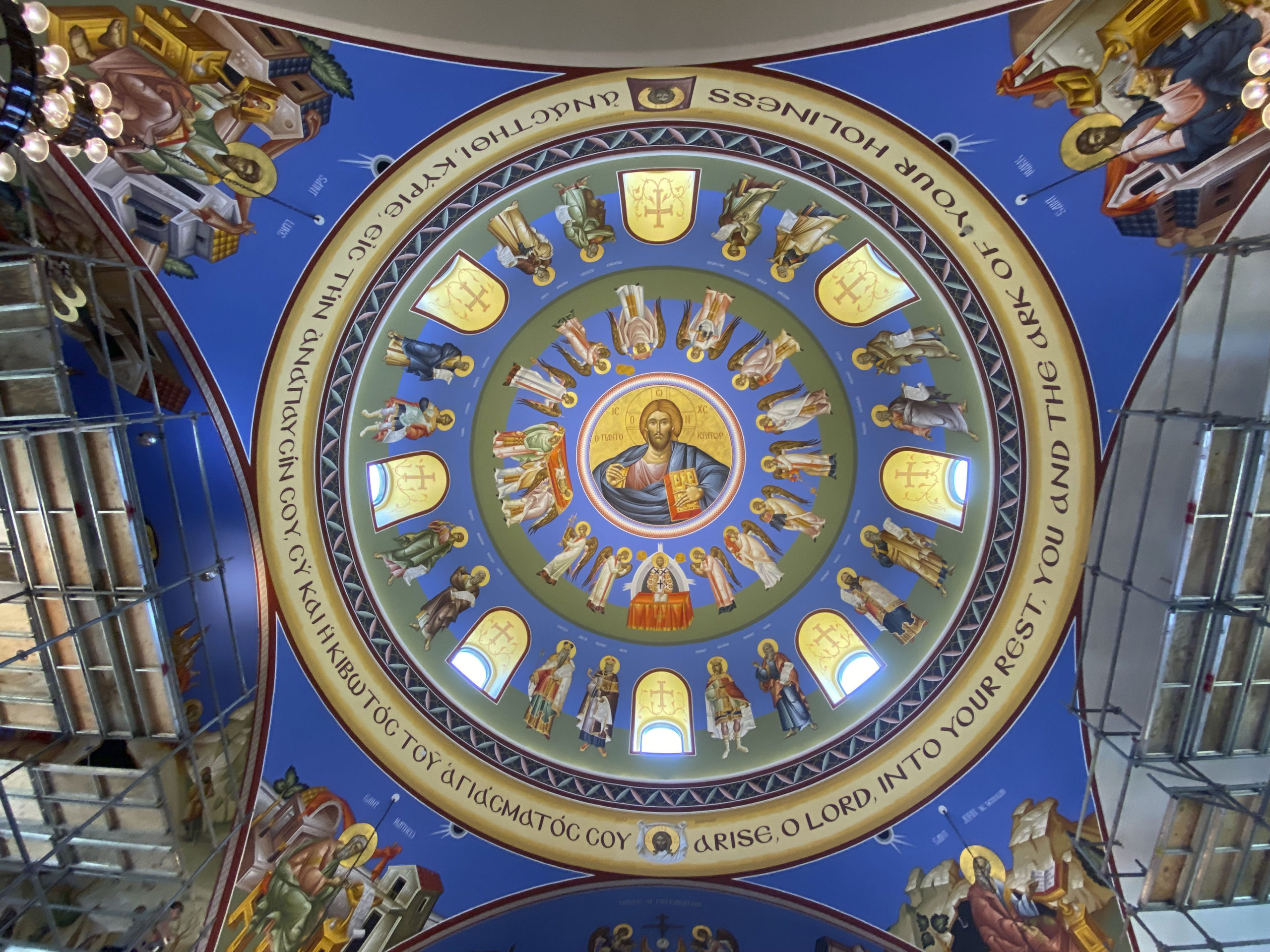


Mapplethorpe’s photograph pulls it back to documentary truth, printed in an unsentimental range of lush tones on the gray-scale. In the 1920s, Soutine turned the Dutch Master’s painted metaphor of brute sacrifice, filled with crucifixion overtones, into nearly abstract canvases.


The result evokes Rembrandt’s iconic 1657 painting “Carcass of Beef,” a flayed slab of raw meat unceremoniously strung up on a butcher’s rack. Blood-splattered testicles bound and stretched in a vice - a gruesome image of masculinity in extreme distress - are photographed close-up, filling the frame. Take one that is especially hard to look at. Many Mapplethorpe compositions loosely relate to paintings by Hieronymus Bosch, Rembrandt, Caravaggio, William Blake, Chaim Soutine and others. Photography’s conventional dialogue with painting and sculpture, which so upset Hartmann, is also held close. In Greek vase decorations, Indian miniatures and pagan temple sculptures, candid and highly refined sex pictures, heterosexual and homosexual, have been around since before Alexander the Great and the Mahabharata. The X Portfolio centers on men engaged in gay sex, including hard-core sadomasochism. In the wake of gay liberation, Mapplethorpe made straight photographs that were anything but straight - pun intended. Unlike his predecessors, Mapplethorpe invested little faith in the idea of photographic purity. Like Ansel Adams, Imogen Cunningham, Dorothea Lange, Paul Strand, Edward Weston, Minor White and countless others before him, he adhered to Hartmann’s straight photography tenets.īut there was a difference. Indeed, it’s the technique Mapplethorpe learned in 1975 when he picked up a professional-grade Hasselblad. The unmanipulated photographic print came to dominate Modernist aesthetics into the 1970s. In came sharp focus, composing in the camera’s viewfinder, documentary veracity and claims for objectivity. Slowly but surely, out went slick darkroom procedures. Manipulated photographs, Hartmann lamented, held camera images in subjugation to “the prevailing clamor for high art.” Instead, he implored photographers to “work straight.”Īnd work straight they did. Studio tricks hid the mechanical foundation of camera work.
#Greek iconographer zyz trial
Hartmann’s “A Plea for Straight Photography” put photographers on critical trial - and found them guilty - for drawing on negatives in the darkroom to fabricate backgrounds for their pictures, etching them to create soft shadows in prints, daubing highlights to produce pictorial harmonies, painting in half-tones with a brush and more. Writing in an early issue of Alfred Stieglitz’s quarterly magazine Camera Work, a polemical journal dedicated to “the furtherance of modern photography,” he urged his readers to stop trying to make camera pictures that mimic paintings. Sadakichi Hartmann, the German Japanese writer who was photography’s first great independent critic, threw down the gauntlet in 1904. But LACMA’s “XYZ” show offers an excellent opportunity to experience a pivotal transformation in art.įor most of the 20th century, straight photography was the genre of camera work chosen by photographers with sincere aspirations to making art. The Getty currently has a thumbnail overview - 24 images - of the artist’s career, drawn from the two museums’ joint-acquisition last year of his entire photographic output.
#Greek iconographer zyz full
Paul Getty Museum, LACMA is organizing a full Mapplethorpe retrospective for 2016. Lunn Jr., who had been a CIA agent before opening an art gallery in Washington, D.C.) The X, Y, Z Portfolios, rarely shown in their entirety, are on view through March 24 at the Los Angeles County Museum of Art. That was the name given by Robert Mapplethorpe to 39 black-and-white pictures gathered in three portfolios of photographs he shot with a Hasselblad 500 camera and published between 1978 and ’81. Whatever happened to straight photography? The short answer is: X, Y and Z. Review: LACMA’s ‘XYZ’ on Robert Mapplethorpe: Gay artist vs.


 0 kommentar(er)
0 kommentar(er)
